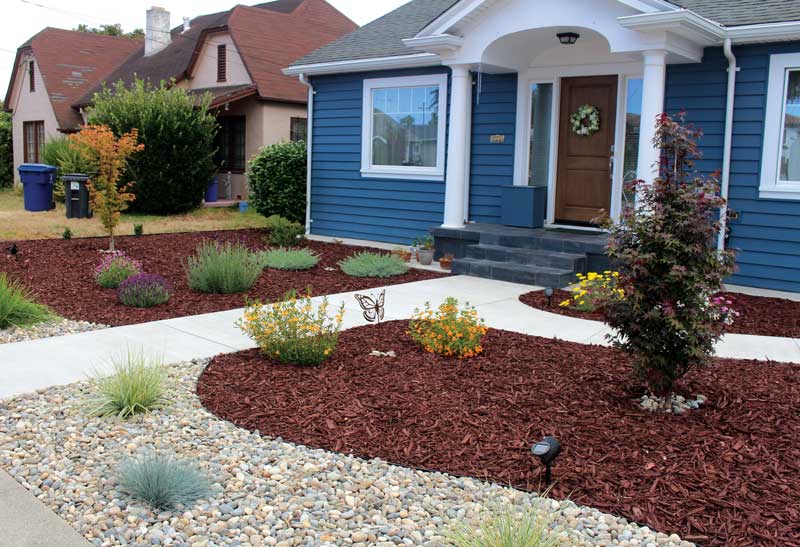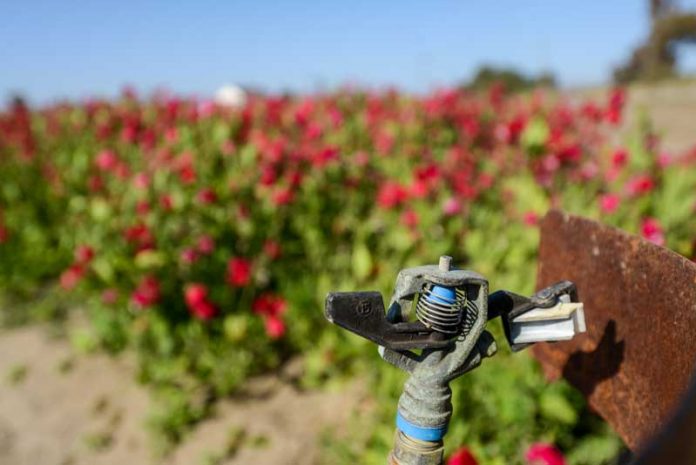On July 7, Gov. Gavin Newsom announced an expansion of June’s drought emergency proclamation, adding an additional nine counties—including Santa Cruz, Monterey and Santa Clara.
The water emergency continues to worsen, and right when wildfires are raging through tens of thousands of acres around the state.
Newsom’s expansion was coupled with a call for all Californians to try and reduce their water usage by 15%. Assemblymember Robert Rivas, whose district includes Santa Cruz County, praised the decision to extend the proclamation in such a fragile time.
“As an agricultural region, our businesses and residents are especially reliant on this essential resource to survive,” Rivas said in a press release. “I applaud the Governor for taking decisive action. But… we all must do our part. Every individual’s actions to save water now will help us build water resiliency for future generations.”
In the Pajaro Valley, local jurisdictions and agencies have been working for decades on improving the region’s water infrastructure. But during a drought like this year’s, individuals’ choices matter, too.
“Someone might say that one person doesn’t make a difference, but collectively, we do,” said Watsonville Public Works outreach manager Cristy Cassel-Shimabukuro. “We are really proud of our residents for stepping up—their usage is consistently low. We are just asking them to do a little bit extra during these droughts. Be a little bit more conscious of your behaviors.”
Cassel-Shimabukuro mentioned some tips for inside homes, many of them behaviors that experts have been recommending for years. This includes turning off your faucet when brushing your teeth, fully loading dishwashers and washing machines, and even collecting cold water before it turns hot in the shower and using it to water plants.
The City of Watsonville provides water-conserving devices to its residents, such as shower heads and nozzles, low-flush toilet replacements and rebates for Energy Star Certified Washing Machines. In addition, they offer a plumbing retrofit program, and free water consultation services.
But the biggest changes California residents can make to save water are outside of the house. Outdoor usage accounts for more than 50% of the water from people’s homes, Cassel-Shimabukuro said, with manicured lawns being the primary culprit.
Marcus Mendiola, Water Conservation and Outreach Specialist for the Pajaro Valley Water Management Agency (PVWMA), explained just how much water and effort a perfectly green stretch of grass takes to maintain in California, as opposed to places like the East Coast.
“I was in Ohio [recently] and… was blown away by all the grass. And it isn’t even being irrigated,” he said. “Here, it takes a lot of water and resources. We just have a different climate.”
Converting a lawn into a natural habitat will not only save water, said Mendiola, but also save residents time and energy.
“Some people view lawns as a status symbol,” he said. “We need to get away from that mindset.”

This is why PVWMA and the City of Watsonville have been teaming up to incentivize residents to ditch their lawns and install drought-resistant, native plant landscapes and gardens. The city’s Landscape Water Conservation Program offers a rebate for customers to replace lawns and landscapes with drought-tolerant plants and efficient irrigation systems.
Cassel-Shimabukuro said that a handful of residents have applied, but that they are hoping interest will grow. They recently increased the rebate amount to up to $1,000 for single family residences.
Mendiola explained that it’s not just about water usage—you also want a good setup that can slow down and divert any rain that does fall, and keep it on the property.
“Every drop of rain that can be saved, should be saved,” he said.
PVWMA’s Home and Garden Water Conservation Toolkit aims to provide easy access to information and resources to help residents conserve water in their homes and landscapes.
You can find the online toolkit here.
Washing your car is also a big water waster, Cassel-Shimabukuro said. Both she and Mendiola advocated for people to utilize car washes around town, especially those connected to the city’s Wastewater Treatment Plant. There, the water is treated and then sent to be recycled, including in local agriculture fields. If you need to wash your car at home, Mendiola said that it is critical to use a hose with a shut-off valve, instead of a continuous stream.
“The water you use to wash your car… that is portable drinking water,” Cassel-Shimabukuro said. “It’s perfectly good water. We want people to be aware of that.”
•
Online Resources
green-gardener.org Monterey Bay Friendly Landscaping encourages behavior changes that lessen the impact of conventional landscape practices on the local environment. Includes workshops, rebates and incentives, and information on how to hire a Certified Green Gardener.
centralcoastgreywater.org Learn about greywater and how greywater irrigation conserves our precious water resources, conserves energy needed to pump and treat water, and saves money on your water bill.
santacruz.watersavingplants.com Explore sustainable, climate-appropriate, and drought tolerant plants, trees and grass that thrive in Santa Cruz County.












